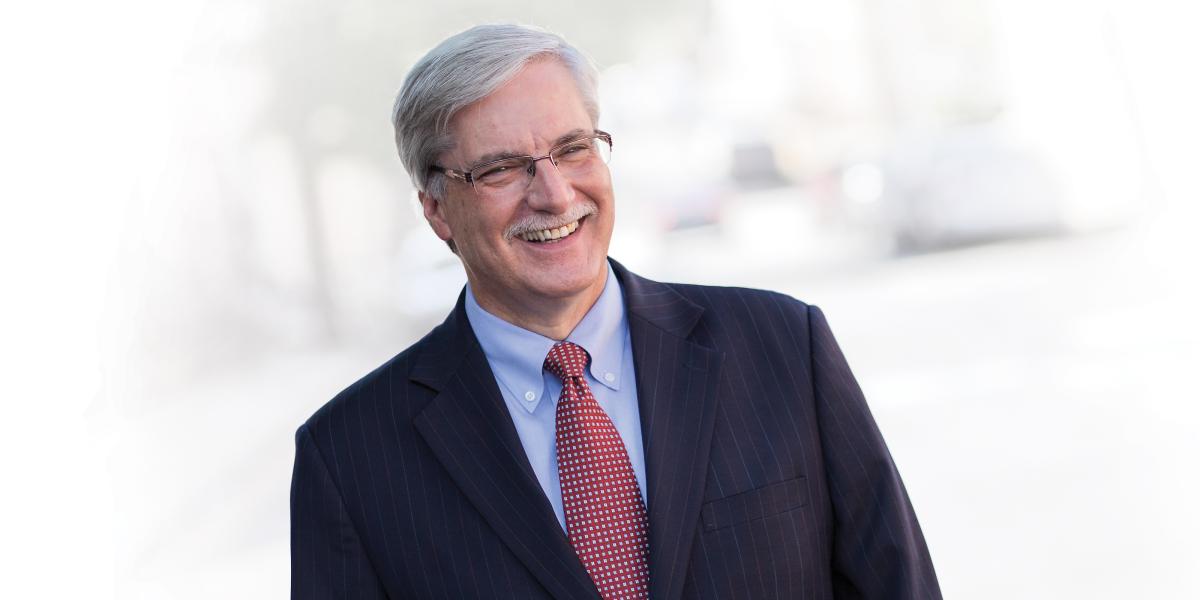Open Mike: An Enduring Legacy
In the wake of 9/11, our nation deserves nothing less than a well-trained, prepared public health workforce.
September 11 left us many legacies.
Most are wrapped in grief. Children lost parents. Brothers and sisters were separated forever. Marriages and relationships were severed. Friends disappeared. The human suffering was immense and long lasting.
Our nation was rocked by that morning’s horrific events. Almost instantly, we went from feeling secure to being at war. A month later, the anthrax attacks in Florida, New York and Washington fueled national fear and reinforced a sense of imminent danger.
In the immediate aftermath, my colleagues and friends in other countries reached out to me personally to express sympathy. Candlelight vigils took place in cities around the world to show support. And within the country, we shared a sense that we were all in it together. For a while at least, the political, economic and religious lines that can divide Americans fell away.
With that same spirit, government and public health leaders worked together, realizing that the country was ill-prepared to face a disaster on the scale of 9/11. On that day, New York City firemen and police couldn’t talk to each other because of separate communications systems. That wasn’t a problem for a single city, however. It reflected a national dearth of training and resources. We simply were not prepared.
At the time, there was an understandable urge to focus on terrorism and bioterrorism. But, the government did something really smart. Instead of focusing exclusively on terrorism, policymakers took an “all hazards” approach to build infrastructure that could respond to a variety of disasters and major health emergencies. (If you doubt that was the right call, consider the following post-9/11 challenges: hurricanes, the H1N1 influenza pandemic, devastating tornadoes and numerous other extreme tests of U.S. public health preparedness.)
Actually, this common sense approach had roots well before 9/11. In 2000, the CDC began working to fund the Academic Centers for Public Health Preparedness, which had a mission of training public health and health care workforces.
Funding for the program increased after 9/11, and in 2004 the CDC established the Centers for Public Health Preparedness. Its mandate was to connect academic centers with local and state health departments to build up public health emergency preparedness. Since then, the centers have trained nearly 1.38 million people nationwide.
The Bloomberg School’s efforts in this area will give you an idea of what has been achieved thus far. The Center for Communication Programs created a media strategy—Ready? Set? Good—to educate citizens of Baltimore County on preparing for disasters. The Public Health Preparedness Programs, led by Professor Jon Links, has trained public health workers from all 50 states. Sixty thousand workers from public health, public safety, the military, NGOs and the faith community now have vital training to help them better serve the public in an emergency.
One of Jon’s early studies showed that many public health workers did not see responding to natural disasters or outbreaks as part of their responsibilities. Further digging found that they didn’t see their roles as important. But as Jon says, “the person who answers the telephone is profoundly important in an emergency.” Links and his colleagues then showed that additional training could help workers understand that they are valued, important first responders. They are now field-testing an intervention that significantly increases willingness to respond.
Much has been accomplished yet much needs to be done. And that requires funding—even in lean times. However, President Obama has proposed eliminating the CDC's Centers for Public Health Preparedness’s $30 million in the 2012 budget. As the Association of Schools of Public Health has argued, the program “represents a critical investment that will provide the best training and research to respond to continuing threats to our country.”
One of the challenges of maintaining prevention programs is that, when they work, we do not see all of the bad outcomes that are prevented. Instead, we focus on the cost of the program. The same is true of disaster response where, from a public health perspective, our mantra should be to prevent and prepare. Ensuring that our country has the adequately trained and prepared public health workforce that we need and deserve would be a positive legacy of that tragic day 10 years ago.
